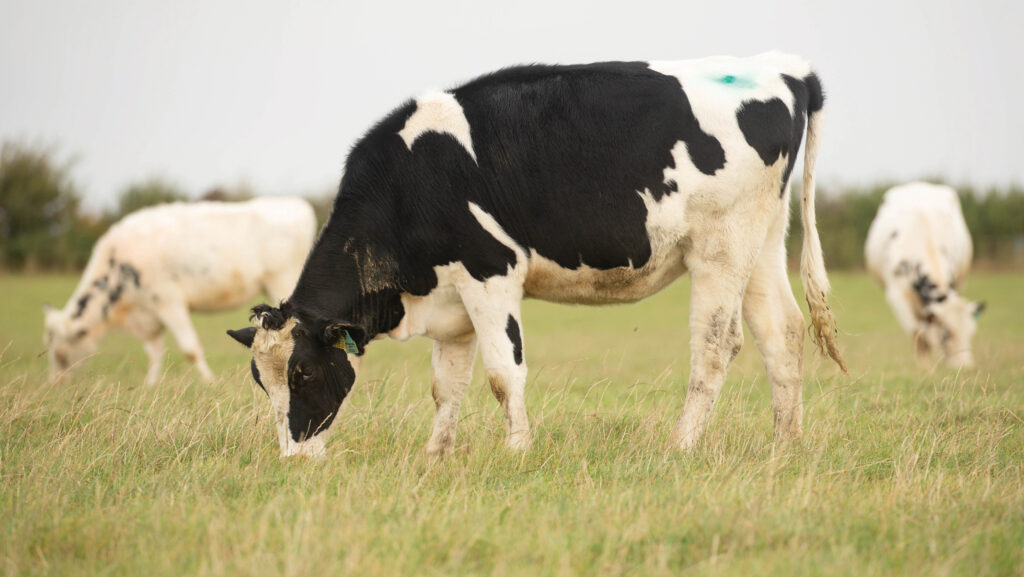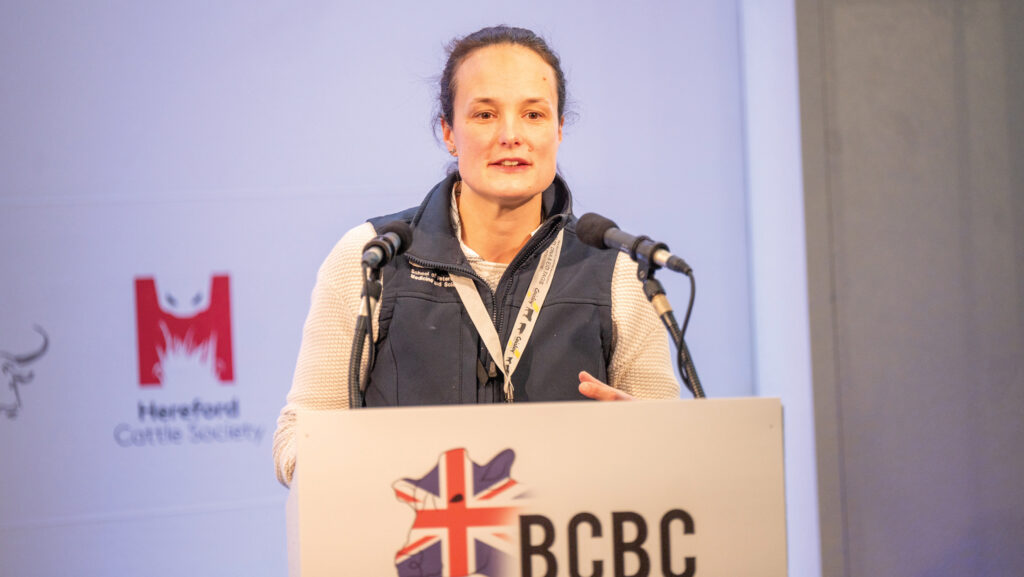Heifer-rearing costs lacking on ‘too many farms’
 © Tim Scrivener
© Tim Scrivener Genetic potential is being lost because heifers are leaving dairy herds too soon.
“Inefficient” heifer rearing is not only costing dairy farmers in lost performance, but is influencing the public’s perception of farming – and a farmer’s licence to farm.
This is according to Prof Ginny Sherwin of Nottingham University’s school of veterinary medicine and science.
See also: How to ensure heifers calve down a second time

Prof Ginny Sherwin © Robert Smith Photography
“The economically optimal longevity is five lactations, based on factors such as genetic opportunity cost, herd replacement cost, and calf value,” she said.
“Enhancing cow longevity, particularly reaching the third lactation, can reduce the number of heifer replacements needed.
“This increases the number of beef calves available for sale and lowers annual heifer rearing costs.
“Environmentally, rearing fewer heifers reduces overall methane production, as youngstock can contribute 19-33% of total herd methane emissions.”
In a snapshot survey of 15 “good” farms, Ginny said the percentage of heifers leaving the herd in their first lactation ranged from 9% to 37%.
This was followed by an exit rate in second lactation ranging from 1% to 46%.
“We don’t know why they leave – is it suboptimal heifer rearing or suboptimal milking transition?” she said, adding that without this information, the cost to the business was also unknown.
Heifer losses
She thinks too many dairy farmers still do not know their heifer-rearing costs or the reasons why heifers leave the herd (or die on farm), and said pre-weaning mortality rates in heifer calves had not changed since 2018, at 4-6%.
Her advice to farmers was to “choose a cohort of calving heifers and look at the attrition rate” for their own farms.
Two metrics suggested by Spanish vet and heifer specialist Dr Alex Bach, which Ginny thinks are the ultimate goals for dairy farmers, are rearing efficiency and heifer effectiveness.
She explained that rearing efficiency is the percentage of heifers born alive that calve at, or below, the target age at first calving (AFC). The goal is at least 85%.
“Heifer effectiveness is the percentage of heifers born alive that calve at or below the target AFC and complete three lactations. The goal for this is at least 75%,” she added.
Prof Ginny Sherwin was speaking at the British Cattle Breeders Conference dairy day.
